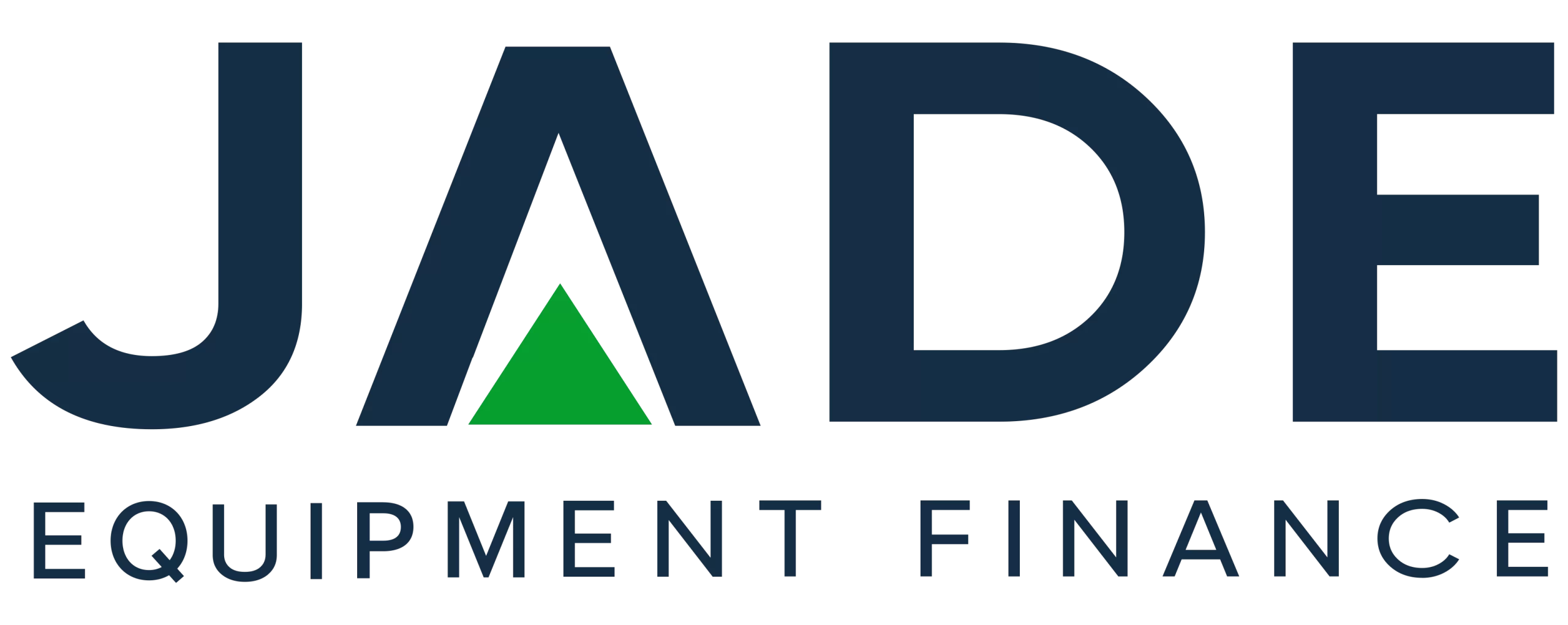For businesses considering investing in new plant, machinery and equipment there are numerous factors, conditions and issues to stay across to arrive at an informed decision around timing and finance. These include the general economic conditions and outlook, your own forecasts for growth and what is happening in your sector. For those that have pivoted into new directions and/or expanded into different markets as a result of COVID questions will exist around whether as the pandemic situation eases, the current level of turnover can be sustained with the changed settings? In other words, what’s happening you’re your customer base and demand for your goods and services. But topping the considerations list is what’s happening in regard to interest rates. Jade Equipment Finance addresses the question of what the RBA December rate decision means for equipment finance moving forward.
Interest rates are by far the most significant element of equipment finance. In conjunction with the finance term the rate determines that all important repayment amount. Over 2020 and 2021, interest rates across lending sectors dropped to historic low levels due primarily to cuts in the official cash rate made by the Reserve Bank of Australia. These cuts have led to extremely accommodative lending conditions.
With several surprise rate cuts in 2020, the RBA decisions are often highly anticipated and awaited. We cover off on what decision the Board arrived at, on what basis the decision was made and what the RBA’s outlook is for the Australian economy and interest rates.
RBA Board Announcement: December 2021
Tuesday 7 December was the final RBA board meeting for 2021. Over the past year since it last cut the official cash rate the Board has remained unwavering in its target indicators in order to trigger a rate rise. Resisting pressures and even publicly fending off calls to lift rates amidst the soaring housing market.
The statement issued announcing the 7 December Board decision followed a well-trodden path and provided its outlook moving forward.
Here are the key take-outs from that statement:-
- The official cash rate was held steady at the historic rate of 0.1% or 10 basis points.
- The economy is seen as in recovery mode after the setbacks caused by the Delta variant outbreak earlier in the year.
- The recovery is underpinned by the policy support being provided and the high levels of vaccination of the population.
- Household spending is on the rebound. The RBA has often stated in recent months that household balance sheets are in good shape following months in lockdown.
- There is an improving outlook in regard to the investment prospects for business.
- The Omicron emergence comes with a level of uncertainty however it is not expected to disrupt the economic recovery process.
- The first half of 2022 should see a return to the pre-Delta economic growth path.
- A strong recovery in the labour market is being indicated by the high job ad levels and challenges in filling job vacancies in some sectors.
- An increase in wages growth has been seen but it is low in comparison with the levels posted prior to the arrival of the pandemic. Tightening in the labour market could contribute to a pick-up in growth of wages.
- Wages behaviour is uncertain as a result of return to significantly low levels of unemployment.
- The key indicator of inflation remains low – that is underlying inflation as opposed to CPI inflation. Underlying inflation is at 2.1% and the CPI rate 3% But the CPI rate is being impacted by petrol prices, issues in global chains of supply and other costs increases.
- The In 2023 the underlying inflation is expected to reach 2.5%
The RBA Board retains its goal of underlying inflation sustainable in the range of 2-3% and unemployment in lower rates before a rise in the official cash rate would be required. In concluding the statement, the Board stated that this would require wages growth and that is expected to take some time. The RBA is prepared to be patient in waiting for these conditions to eventuate.
Equipment Finance Scenario
The official cash rate is significant to equipment finance as lenders use this rate as a base cost in securing their funding and then determining their rates. With the official rate holding steady it could be expected that lender rates will also remain highly competitive and at attractive levels.
But rates vary from lender to lender and some may face higher funding costs due to increases in interest rates in global markets. Jade Equipment Finance is accredited with banks and non-bank lenders which provides our customers with access to a vast selection of lenders and the ability to secure the cheapest loan offer.
A key consideration for buyers will be the rate variations across the different finance products also: Chattel Mortgage, Commercial Hire Purchase, Lease and Rent to Own. The interest rate should be considered in the context of the tax and other benefits for a business that a particular loan product represents.
With an increase in the official cash rate, which will then most likely flow into lending markets, due by 2024 and possibly earlier, buyers can avert rate rises with a fixed interest rate loan. Fixed interest rates on equipment finance remain fixed over the full term of the loan. So when rates do rise in say the 7 year timeframe of the loan, the repayments on a fixed interest rate equipment loan will not change.
Contact Jade Equipment Finance on 1300 000 003 to discuss cheap interest rate equipment finance.
DISCLAIMER: IF MISINTERPRETATIONS, MISREPRESENTATION OR ERRORS EXIST IN THIS ARTICLE, NO LIABILITY IS ACCEPTED. THE INFORMATION IS PROVIDED ONLY FOR GENERAL PURPOSES AND NOT IN ANY MANNER INTENDED AS THE ONLY SOURCE FOR MAKING FINANCIAL DECISIONS. THOSE THAT CONSIDER THEY REQUIRE ADDITIONAL GUIDANCE OR ADVICE SHOULD REFER TO AN INDEPENDENT FINANCIAL ADVISOR.


